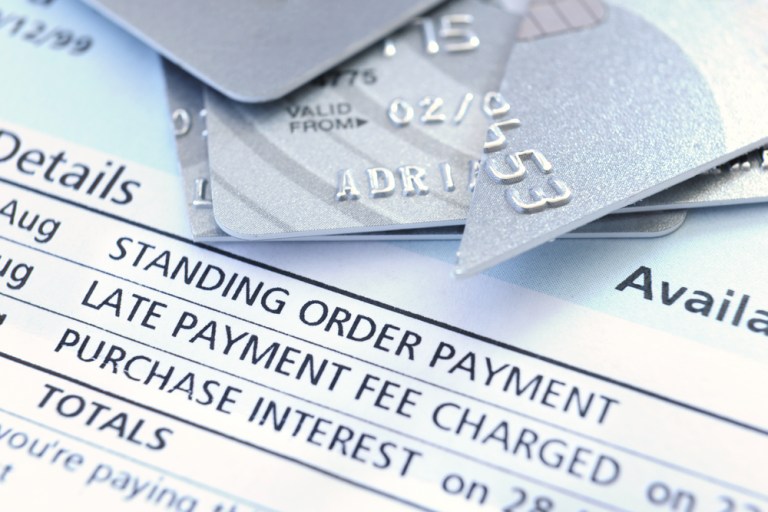Call it a tale of two consumers — or perhaps a bifurcation of credit outlooks.
News came this week that at least two credit card firms are tightening standards that are tied to their cards — and doing so right when the economy seems to be humming.
And consumer confidence, as noted by the latest data, is at an 18-year high, which of course indicates at least some propensity to spend. Unemployment, too, is at record lows. The expectation seems to be that economic growth will continue.
And yet the two companies that are tightening standards — Capital One and Discover — have noted that they are “more cautious” in how they dole out credit. The Wall Street Journal reports that the initial caution may not stem from worry that consumers may not be able to handle their debts, but that the aforementioned economic boom may run out of steam.
Indeed we are a long way away from the credit card delinquency specter and peak seen during the Great Recession when that rate topped 6.8 percent. The rate now is about 2.5 percent.
And yet.
Advertisement: Scroll to Continue
Said Capital One CEO Richard Fairbank, “in so many ways, one can’t help but be struck by … just how good the economy [at] this point is. And in some ways, it almost feels too good to be true.”
The conventional wisdom is that the two banks are accurate gauges of the U.S. consumer’s debt load (and, we wonder, eventual burden?) as for example, about a third of Capital One’s domestic card balances are owned by subprime borrowers. Discover has walked back its spending limits on new customers and on raising limits for existing customers. Inactive cards have been shut — representing as much as $30 billion in incremental spend. The move seems a prudent one if the worry is that people will need to suddenly tap credit (again, we wonder, to use credit to pay other loans, in a vicious cycle?).
Discover has also pulled back on issuing new loans and has said that losses on its existing book may widen.
The cautionary notes sound in stark contrast to, for example, Bank of America, which said that its consumer banking loans were up 6 percent to $285 billion, and that its provision for credit losses were actually down, by $118 million to $716 million.
More anecdotally, JPMorgan CEO James Dimon said in his own remarks on the JPMorgan earnings call that the loans carried by consumers — and the performance tied to those loans — has been “pretty damn good.” That seems to be the consensus among some of the bigger banks that find their credit sweet spot to be toward more affluent customers. Dimon also said that the U.S. economy’s strength is likely to prove resilient “in spite of these increasing overseas geopolitical issues bursting all over the place.”
Matching that sentiment, it seems, are some numbers from Dimon’s JPMorgan, where credit card balances grew by 5 percent as stated in the latest earnings, and Citi, where U.S. card borrowing was up 4 percent in the latest quarter, standing at $137 billion. At the same time, default rates seem to be under control, especially with cards, where 2.9 percent were defaulting at Citi and down from 3 percent sequentially. Overall default rates, which extend to other loan products, were down year over year at JPMorgan, off 13 basis points to a recent 45 basis points. Perhaps no surprise, too, that the pair have seen mortgage lending slow by double-digit percentages year on year.
The geopolitical tensions also come with the ever-looming consideration of the impact that rising rates will have on the U.S. consumer, a segment that of course drives roughly 70 percent of economic output. As has been widely noted, the Fed has boosted rates, albeit off relatively low levels, and as a result debt becomes more expensive — and beyond mortgages, there remains $4 trillion lent out across student loans, auto loans and credit cards.
The phoenix of debt that arose from the Great Recession may become a canary in a coal mine as banks sing different tunes, depending on who is singing. Where the tipping point may lie is anybody’s guess.

